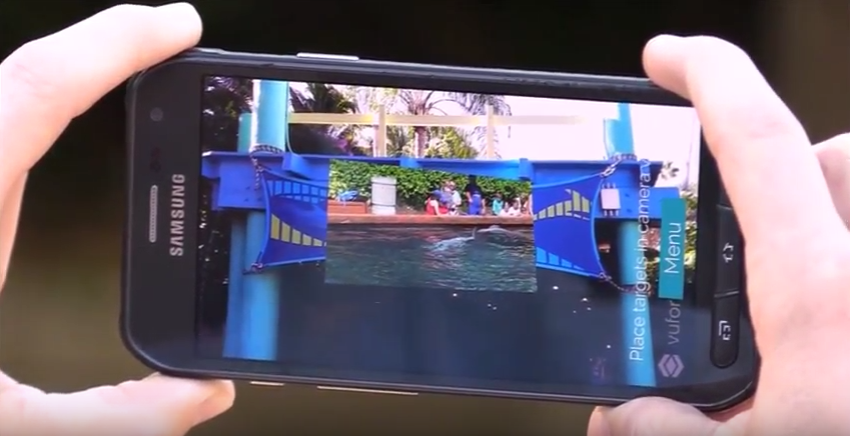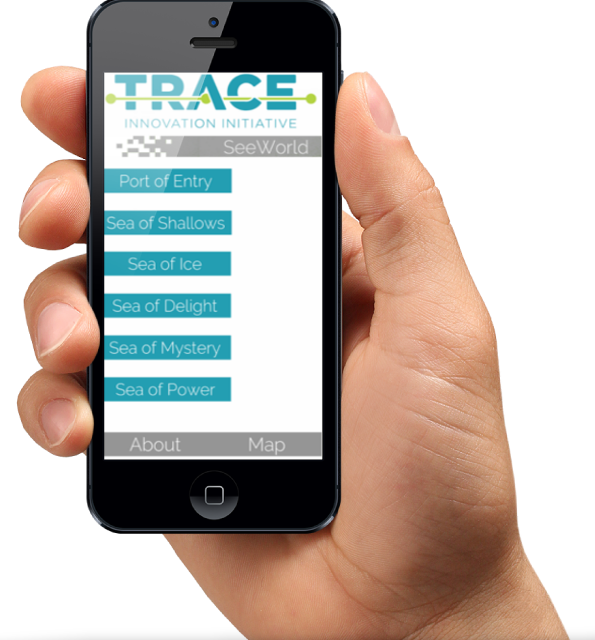SeeWorld: Visualizing Animal Captivity Practices at SeaWorld-Orlando
Abstract
SeeWorld is a mobile augmented reality application that allows visitors to SeaWorld-Orlando to access digital content through their smartphones and tablets by pointing their mobile camera at physical objects and spaces throughout the park. These objects and spaces act as “triggers” in the app that access informative texts, images, and literature detailing SeaWorld’s history of damaging animal care practices and denial of marine science research. As a counter-narrative to SeaWorld’s internal image control, SeeWorld offers oppositional voices a place to speak alongside the company’s highly managed discourse.Our digital humanities project, conducted through the University of Florida’s Trace Innovation Initiative, continues current conversations about marine animal captivity and care at SeaWorld Entertainment parks across the country. Despite its efforts to seamlessly combine human amusement with animal conservation, SeaWorld Entertainment has had a public history checkered with troubling failures, including numerous citations for violating animal welfare and occupational safety regulations across its three parks. One of the most widely publicized failures occurred at SeaWorld-Orlando when Dawn Brancheau, a former SeaWorld trainer, was killed by an orca whale during a live performance. Brancheau’s death was the subject of Gabriela Cowperthwaite’s 2013 documentary, Blackfish, which has served as a catalyst for change at the parks and as an inspiration for our own project.
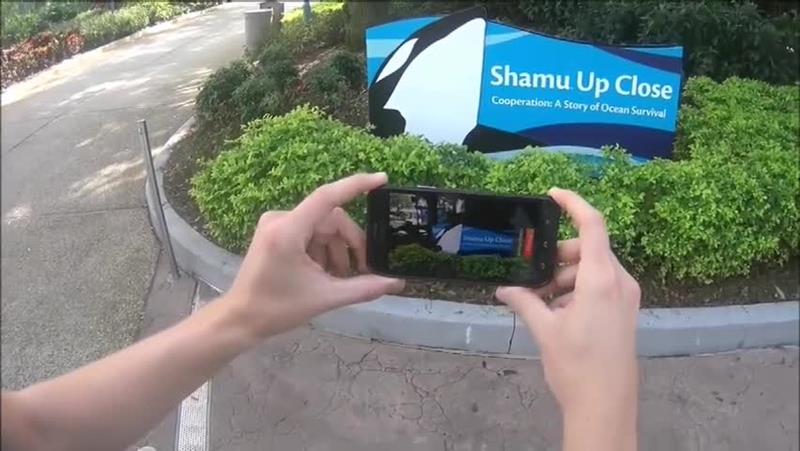
SeeWorld: Look Beyond the Glass. Promotional video for the SeeWorld augmented reality application. Video by Jacob Greene, Melissa Bianchi, and Sidney I. Dobrin.
To educate visitors about SeaWorld’s history of marine captivity practices, we created a mobile augmented reality (AR) application that operates as a digital counter-tour within the SeaWorld-Orlando location. Augmented reality (AR) technology works by overlaying digital media files (e.g., images, videos, 3-D animations) onto a live camera view of a mobile device, making it appear as though digital content exists within the physical world. Our AR application, called “SeeWorld,” interacts with images throughout the SeaWorld-Orlando amusement park and uses AR to provide visitors with counter-narratives to the park’s informational literature. The application was created through the Unity Game Engine and the Vuforia augmented reality SDK and is available for download on the Google Play store.
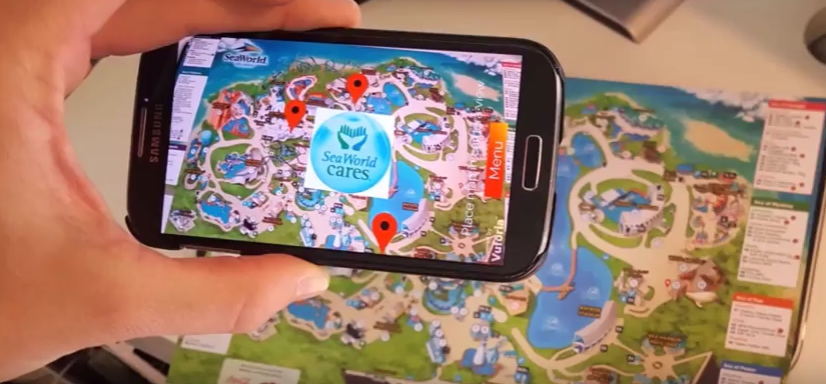
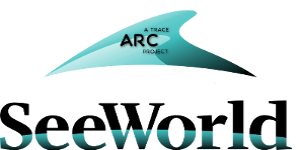
Within the park, the company circulates particular narratives about its practices and animals that, until recently, have been the dominant discourse in circulation concerning the benefits of marine animal captivity. Through our mobile AR application, counter-narratives about the park’s troubling history with animal care, public education, and safety violations are afforded a space, albeit digital, alongside the company’s discourse. SeeWorld serves as just one example of how AR technology might be used to challenge dominant discourses and trouble notions of space and materiality. The rapid growth of mobile AR technologies is ushering in an era of digital counter-public discourse that is poised to challenge the hegemony of physical information within spaces like SeaWorld.
